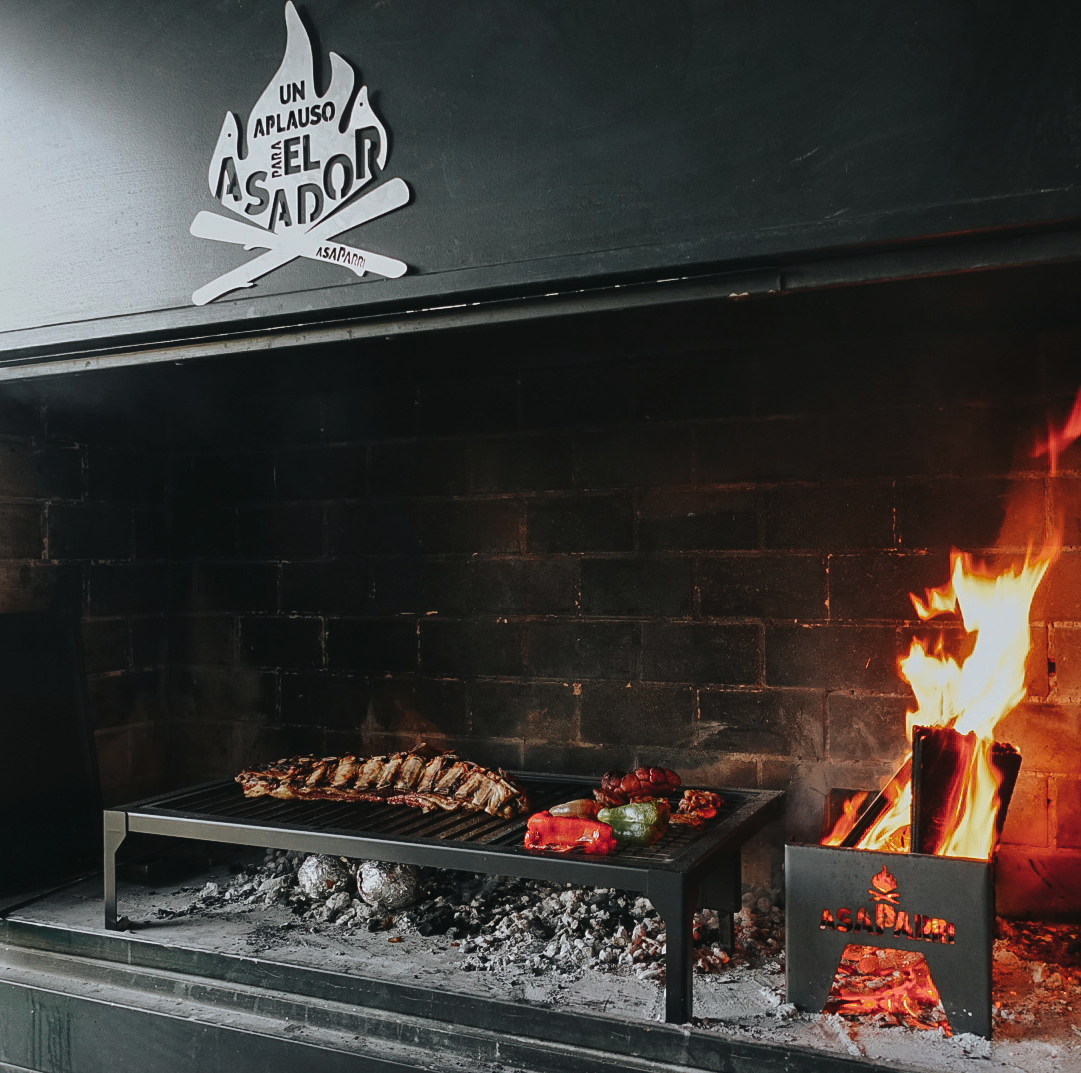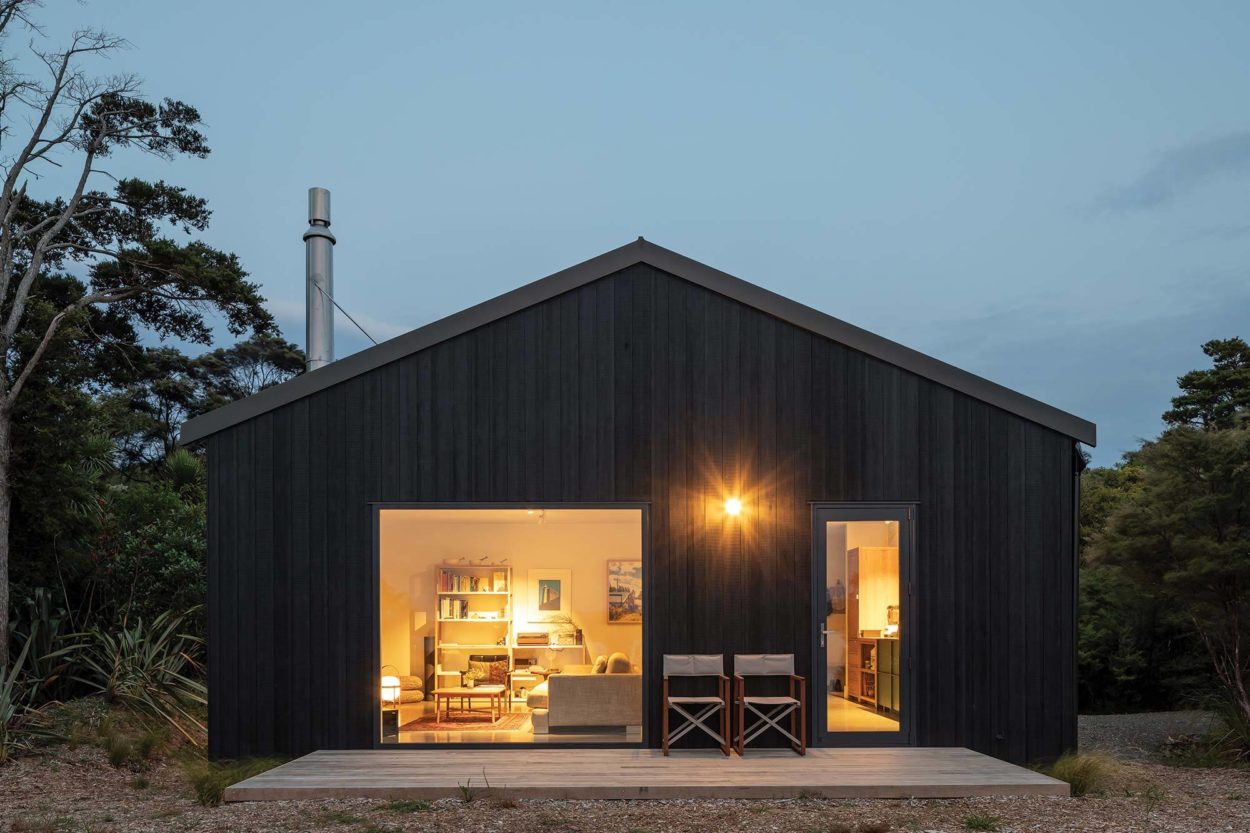Rangitahi Designer Series: Kirstie Hunter of Sentinel Homes
Tell us about your role at Sentinel homes and what a design and build consultant does for those looking to build?
I describe a design and build consultant as the design manager for your project. We work in with our quantity surveyors, architectural designers and team of builders on behalf of the client to ensure the delivery of a design, that’s on budget and to the specified standard of quality. I guess you could say we are a project manager for everything that needs to be organised and confirmed before the build actually starts on site. I find having a true passion and interest in architectural design really helps people pull ideas together and figure out what they need in their home before we start working with our drafting team. I can draw simple concepts and floor-plans in the really early stages of planning which is hugely beneficial when you start figuring out what build options will work for you.
As a consultant I always think about how I would like the build experience to be if I was building myself, and then do my best to ensure a positive experience is set from the initial planning stages by setting precise expectations and informing clients accurately on the home building process.

Can you tell us a bit about your Rangitahi designs?
Currently we are working on between 10-15 designs in Rangitahi which seems to be a growing number each week. Every design we have created is unique and specific to the landscape. Rangitahi has amazing sites all with unique contours and views which we try to incorporate and maximise into each design. Our aim is to not disrupt the natural lay of the land, which has resulted in some really neat stepped designs. Double story dwellings are also increasingly popular so we can capture as much of the views as possible. Our designs are all varied, each is not like the next. We have created barn styled homes through to classic kiwi baches.
Can you go into a bit more detail on one design that stands out to you and why?
This Stage 2 design (below) has been a stand out design. We wanted to keep the home compact yet provide a flexible living option for when family stays or equally a future rental possibility. Emphasis has been put on the living area. This space will flood with natural light and the windows are strategically positioned to frame certain views and provide multiple outdoor living options depending on the winds and sun.


What has it been like working with the various sites on Rangitahi, as they’re all very different in terms of views and typography?
The Rangitahi sites lend each home to a one-of-a-kind view and design outcome. You can’t take a cookie-cutter approach. Thinking outside the box and really thinking about what the site will bring to a design has extended how we approach designs with a sloping contour especially. As part of our design process, we meet clients on site to explain how the design will work and then take levels of every site so we know right from the start what we need to take into consideration, and then design accordingly. We can determine early on what retaining and excavation requirements are needed. Cut and fill paired with a barrier wall or block foundation wall seem to be a common approach for many sloping sites in Rangitahi, which have now become second nature to us. It's just the norm I guess and we a really glad we can pass this advice, set cost expectations and our experience onto our clients when they are considering a build on a typography with a few variables.
The typography and views deliver numerous design possibilities that you could never get in traditional residential subdivisions. It's really neat to see so many unique homes come together because of the possibilities Rangitahi enables.
What are some of the materials you’ve chosen to use for the homes and why? Any that stand out?
Abodo, Coloursteel cladding and Triclad have been popular materials choices. Mainly because they look great (priority!) and suit the surrounding environment. All of these materials come in a range of profiles and colours which provides diversity in both the subdivision and can be suited to each person and their home. Each of these materials come at different price brackets but can easily be quantified and applied to the home to achieve a range of different budgets as well which gives further flexibility and options for the client.

Have you integrated sustainable features into the homes? What are these?
Good design and material selection can achieve high standards of energy-efficiency. I’m a big believer that sustainable features can be in the form of how effectively we use space in a home and natural resources like light, alongside the existing landscape. Then looking at positioning and how we can passively heat the home and control temperature naturally.
Designing sustainable homes should always start here. Having a big home with pockets of wasted area is not maximising value, nor sustainable to me. I see sustainability as reducing waste as much as possible.
From there we start to look at which materials will support sustainability in terms of their Life Cycle Assessment. This evaluates how materials are made and transported, used, recycled and disposed of. Some of the materials include timbers, cork flooring, concrete, wool insulation and wool carpet and products such as paints which are made with the environment and sustainability in mind.
Raglan get some gnarly westerly winds, so this has been a huge influence for how spaces within the home are positioned and what materials we use where. Locating the house on site that captures solar access efficiently and minimises shade is crucial. Daylighting positioning makes or breaks a design, so we consider neighbouring properties where possible, tree’s, and other landforms.
What have you enjoyed most about designing homes on Rangitahi?
Rangitahi has been one of my favourite subdivisions to work in. It is setting the scene for a variety of well-designed homes at a high standard which the design guidelines encourage. The guidelines are tasteful, purposeful and eventuating in a subdivision that has cohesion suitable to the environment and people that live there.
I’m enjoying the creativity this brings with each design and the people behind them. It’s super enjoyable working with those looking to create a lifestyle for themselves in Rangitahi and assisting and guiding them with starting their build journey.
Another thing that I really enjoy is how Rangitahi's ethos appreciates the importance of landscape design as well as the house design itself!! This really aligns with me and have always believed that the existing natural landscape, plus the planted landscape design dictate the final outcome of your house design. Visualising all of these elements together create a home that I think any owner can be super proud of regardless of how big or small the home is.


Get in touch with Kirstie for any design enquiries here: kirstie.hunter@sentinelhomes.co.nz or head to the Sentinel Homes website

.svg)





































































































.svg)